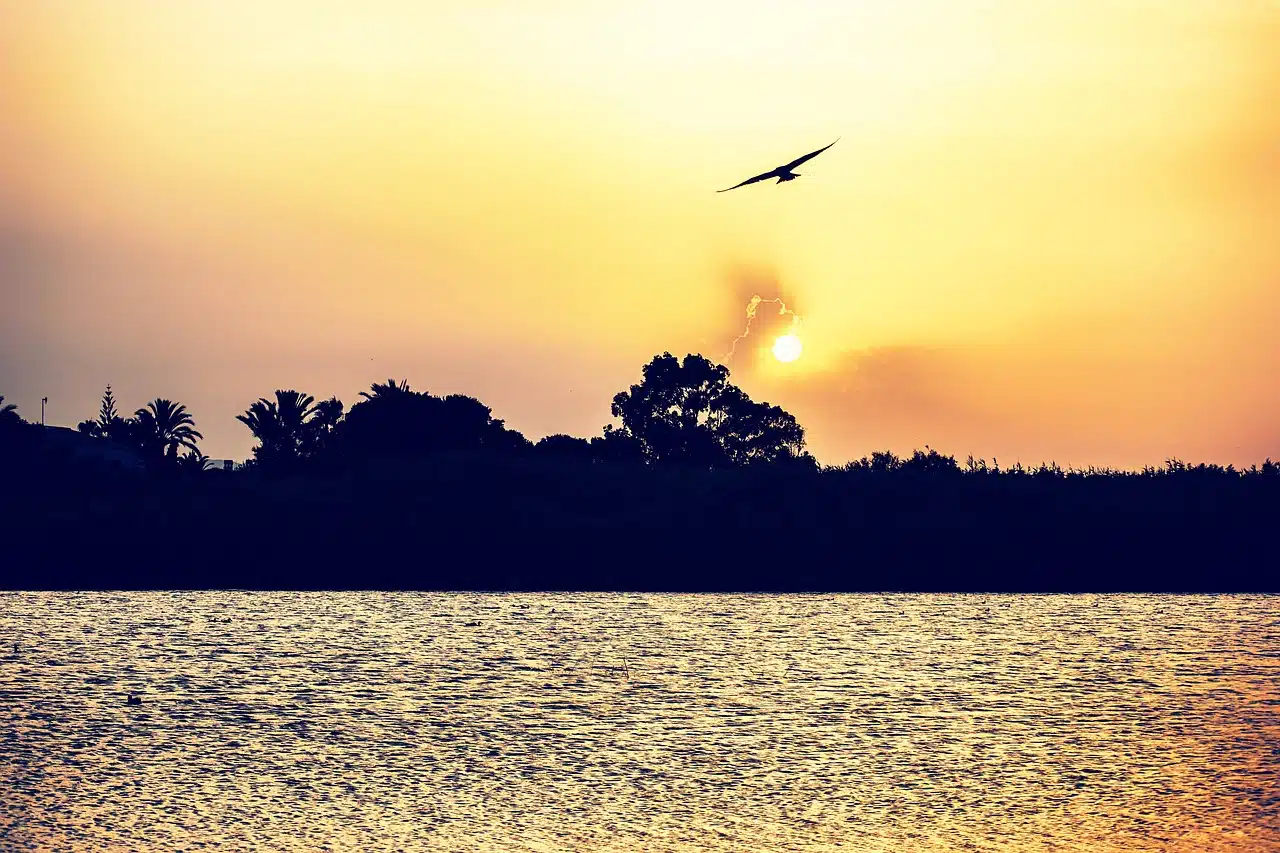
A natural reservoir of water that can form for different reasons is called a lagoon.
Lagoon is a natural water reservoir that can have different dimensions and is formed from the mouth of a stream or river or, failing that, in periods of flooding due to the overflowing of one of them and the subsequent stagnation of the waters. The term comes from the Latin lacuna.
They are generally made up of salt water , although there are lagoons that have fresh water. It is worth mentioning that fresh water is water that has minimal amounts of mineral salts dissolved inside while salt water is abundant in these components; The first is found in rivers, streams and springs and the second in the sea and most of the lagoons.
Formation of a lagoon
Gaps can form for different reasons. One of them is from the action of tectonic forces , which create depressions through folding of the Earth's crust, generating upheavals known as domes , separated by depressions ( buckets ) in which a pit is created that fills with water.
Another cause of the formation of a lagoon may be the existence of a volcano . Volcanoes can create favorable spaces for water to accumulate when they erupt, since the material they expel forms craters in the ground, which can be up to about 1.6 kilometers in diameter.
One more way for the formation of these ponds is the collapse of a river bank ; The accumulation of solid material in certain areas prevents the escape of water, trapping it in an isolated area. These lagoons are temporary, when a certain amount of time passes without rain , the water that contains it evaporates and therefore, the lagoon disappears. Another way in which it can be built is as a consequence of the overflowing of a certain tributary or because it is a favorable place for its mouth.

Lagoons can contain salt water or fresh water.
Differences with lakes
Many times the concepts of lagoon and lake are confused, leading to the belief that the simple difference that exists between the two is size, which is totally wrong since there are certain characteristics that an aquifer extension must have to be considered one thing or the other. .
The difference between both types of reserves is not linked to their size but rather to the type of water they contain . Although both can be fed by rivers and streams, the lake has fresh water, since it is located in the middle of a pass, that is, it has an entrance and an exit and the water circulates through the pool without staking.
In the case of lagoons, they are also fed by rivers and streams but they do not have an outlet, so the only way they can be drained is through evaporation. Its waters are salty because they contain a large amount of minerals, which are stored in the soil when the water evaporates; That is why it is said that lagoons are closed mirrors of water , because they have stagnant water.
In any case, it is necessary to clarify that some lagoons have fresh water, which is generally related to the type of soil in which it is located, where minerals are not abundant and when the water evaporates they are absorbed by the soil and disappear. of the surface.
The largest lake in the world is the Caspian , which is usually classified as an inland sea . It has a surface area of 371,000 km² and an average depth of 170 meters . As for the deepest lake in the world, Baikal is 1,637 meters deep .
Other uses of the term lagoon
In another sense, a gap is a failure of memory , a lack in the intellectual formation of a person or the gaps that have been left in a manuscript or print due to the action of time or another type of cause.
For example: "I have a gap: how old is Grandpa Joaquín?" , "Experts found a medieval manuscript in good condition but with several gaps."
